[Closed] At the end of March, we will build a "Playground" for global visionOS developers.
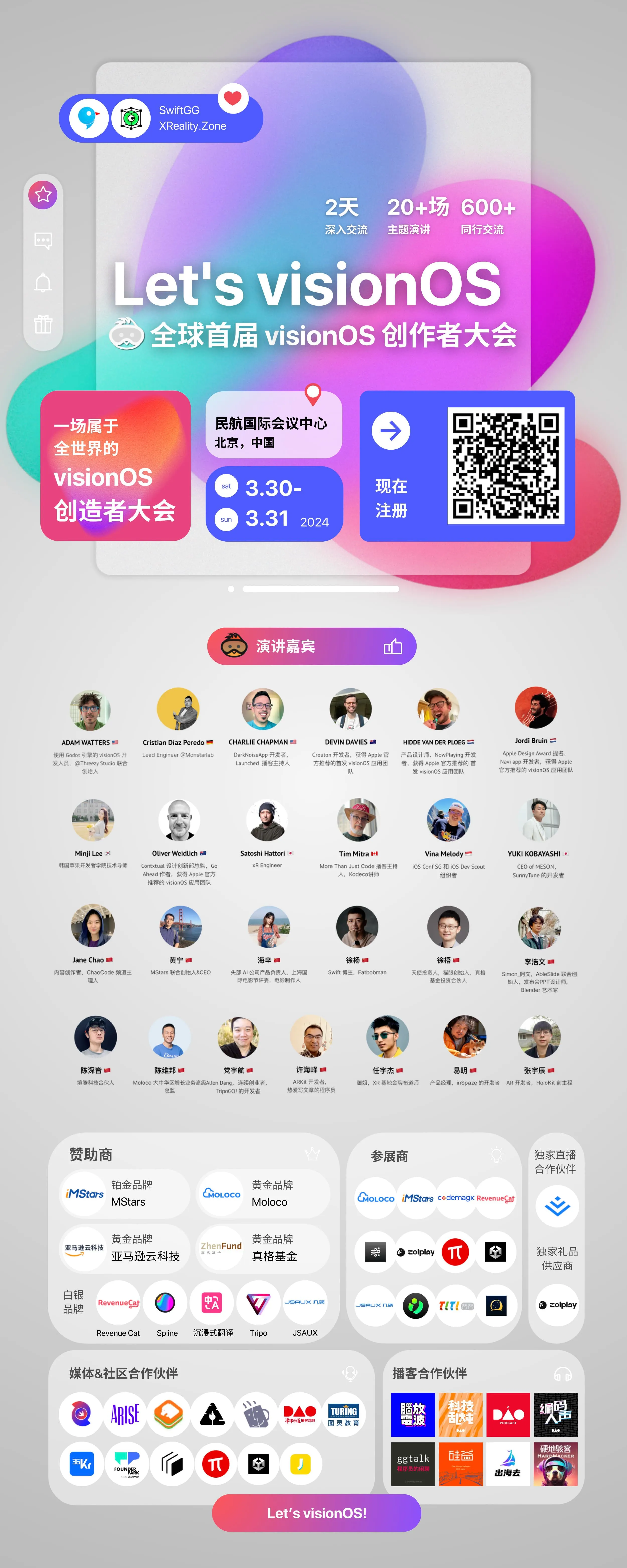
In early February 2024, Apple Vision Pro took its first step towards the market. After a month of surprises and shocks, more and more people began to ponder how to transform novel concepts into practical experiences in daily life.
As a first-generation new product, Apple Vision Pro might be the most complex device Apple has ever developed. This spatial computing head display aims to break through various hardware limitations and confront the complexity of being a “spatial computer.” How can software applications, which have existed only on two-dimensional planes for decades, “ascend” in space?
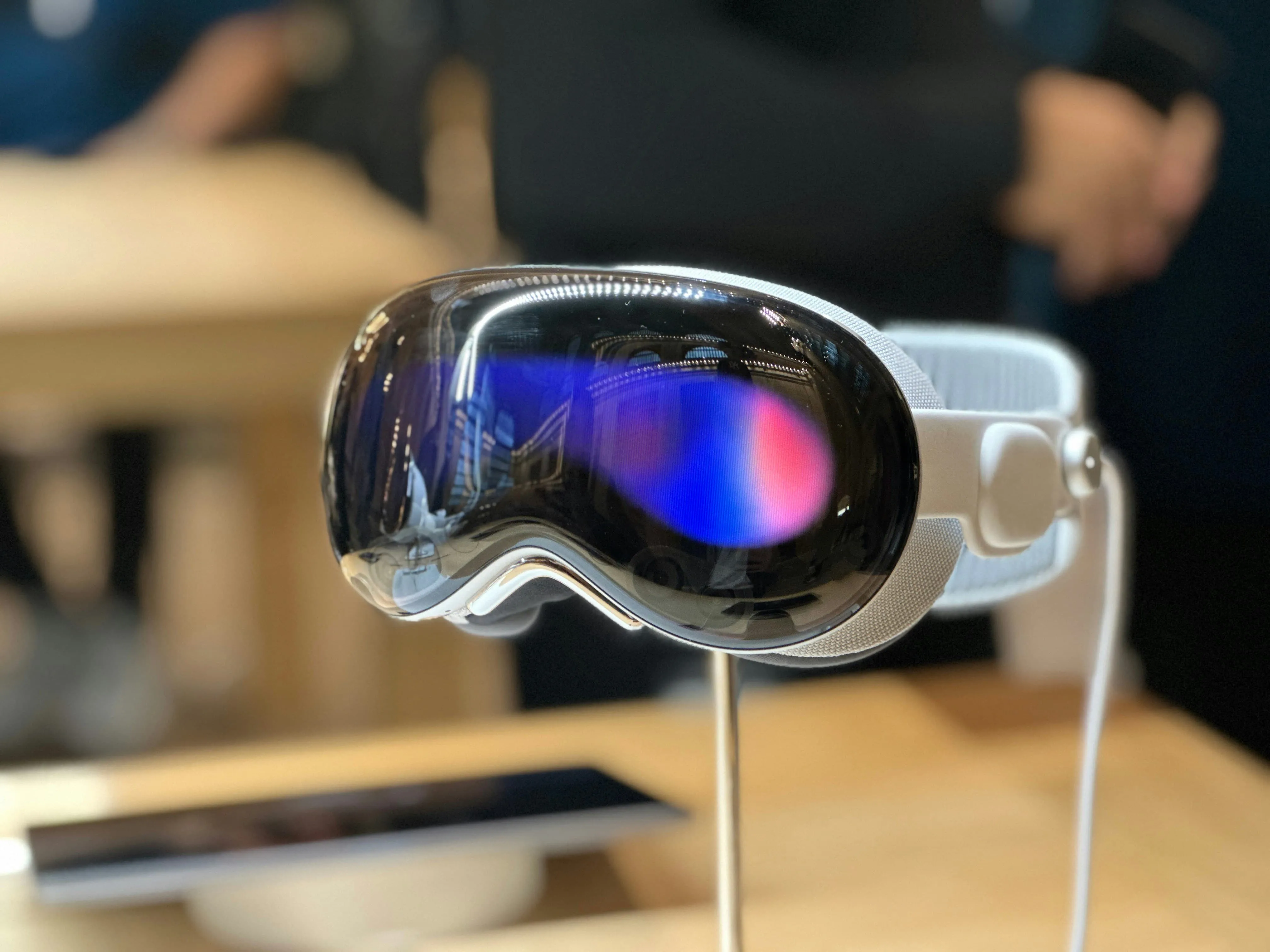
Before discussing Apple Vision Pro, let’s briefly go back to 17 years ago, when the first-generation iPhone was released.
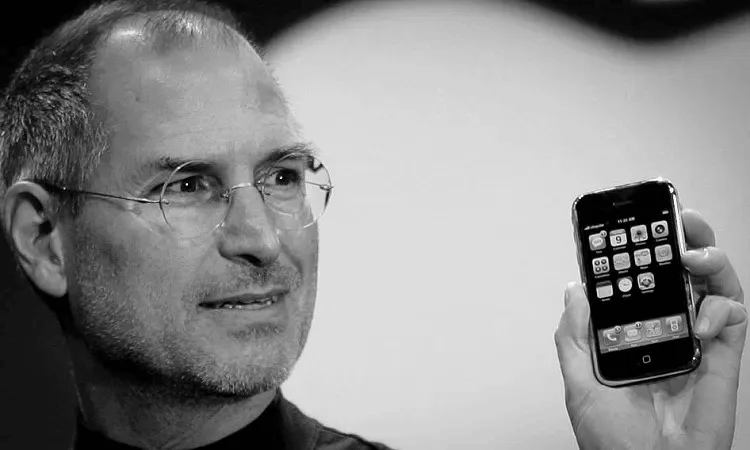
Like most of Apple’s first-generation devices, the iPhone was not understood by everyone at its inception. Many questioned its high price and the design of a full-touch screen without a physical keyboard, worrying about the inconvenience of typing.
Among the many skeptics, the most famous was then Microsoft CEO Ballmer. In an interview, he almost mockingly believed that the iPhone could not be successful.

But Steve Jobs, at that time, not only had confidence in the iPhone, he also decided to open the iPhone’s SDK to developers. Leveraging the creativity of developers, he opened up more possibilities for the iPhone. At WWDC in June 2008, he announced this news. In December, the App Store went online.
The first batch of iPhone Apps launched included 552 apps. These included Facebook, Shazam, Twitterrific, which became classic examples riding the wave of the mobile internet over the next decade. There were also “toys” like iBeer, which just made a little interaction innovation by slightly using the iPhone’s hardware features. Media like The New York Times and Bloomberg embraced the mobile internet era early on through iOS Apps, initiating their digital transformation.
At the time, the media described Apple’s support for third-party apps as “Apple has opened a playground for developers.” Indeed, through the iPhone, developers were not only trying out technological implementation methods but also exploring new designs, interactions, and unlocking more possibilities for business development.

Returning to today, the App Store for visionOS has already been launched with the sale of Apple Vision Pro. The first batch of over 1,000 native visionOS Apps and 1.5 million compatible Apps have been launched for users to download.
Some optimists see the future of Apple Vision Pro as clear as the iPhone’s. It will eventually become widespread, ushering in a new “spatial computing era” like the mobile internet era. Meanwhile, pessimists believe that the software and hardware characteristics of Apple Vision Pro may mean it will never be as widespread as the iPhone.
It’s fair to say that visionOS and iOS still have significant differences. In three-dimensional space, whether it’s product logic, UI, interaction design, or the way technology is implemented, it’s different from flat Apps. The complexity of visionOS Apps may far exceed any traditional App. To develop a truly excellent visionOS Native App, our thinking must transcend the “flat” and consider what design fits the logic of “space.”
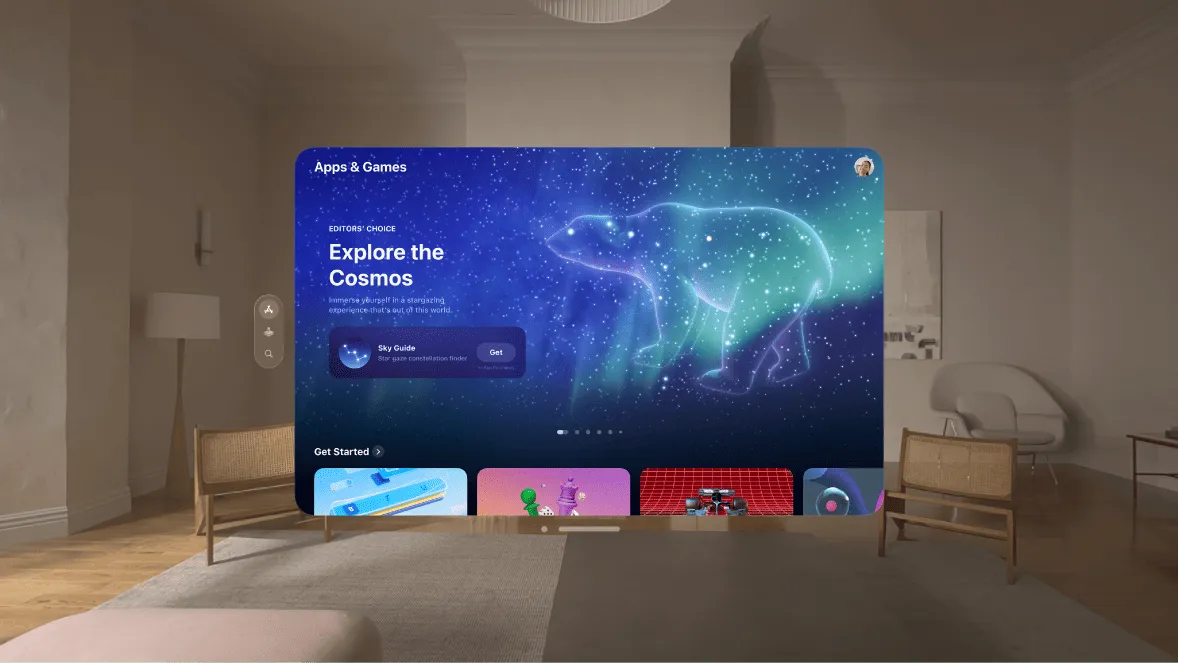
Therefore, we need a broader “playground” for friends interested in Apple Vision Pro and visionOS.
On March 30th and 31st, 2024, we will hold the Let’s visionOS Creators Conference in Beijing.
The conference will feature a main venue (International Session), product and design sub-venues, technical development sub-venues, and other communication platforms. There will be over 20 keynote speeches, with hundreds of peers in attendance.
A sneak peek at Let’s visionOS Creators Conference: guests include, but are not limited to:
Jordi Bruin, an independent developer. He has developed and launched over 30 Apps in 3 years, including Navi, an app that helps users convert speech to real-time subtitles during video calls and can translate in real-time. In 2022, Navi was nominated for the Apple Design Award and has now launched an improved version for visionOS.
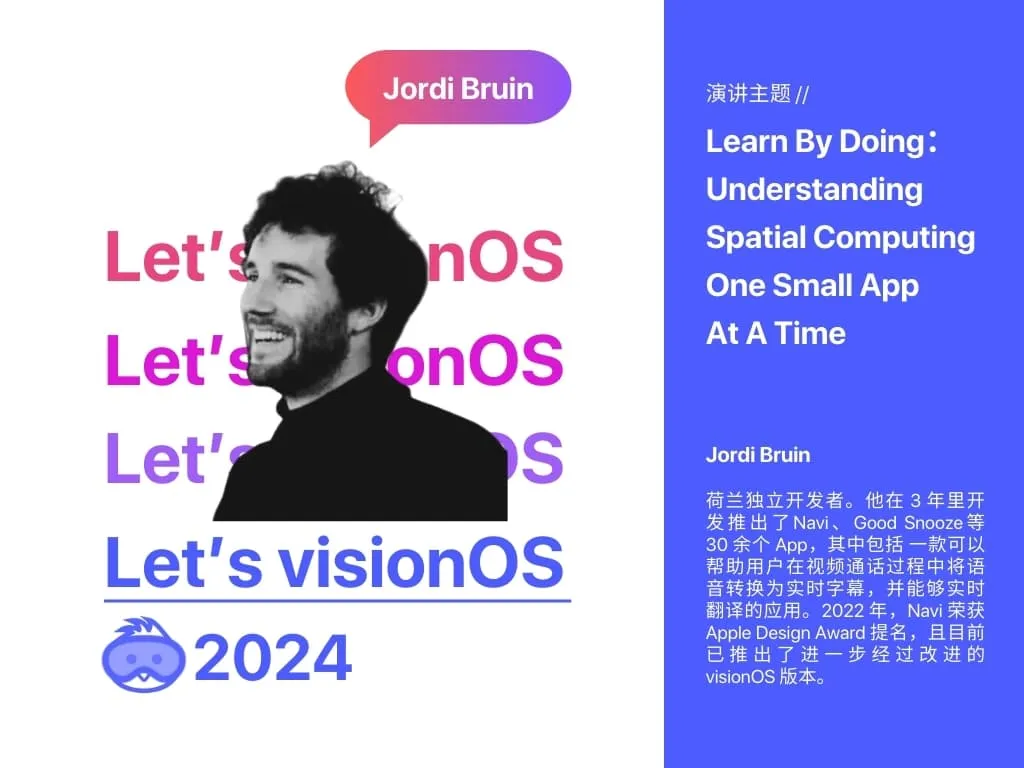
Above is Jordi's visionOS App - Navi
Above is Jordi's visionOS App - Splitscreen
Devin Davies, an iOS independent developer for 7 years, developed the visionOS recipe app Crouton. Wall Street Journal reporter Joanna Stern demonstrated the “AR Timer” feature using this app in her review video, one of the most unique feature designs in the first wave of visionOS apps. Recently, he also developed the “AR Plate Smashing Stress Relief App” Plate Smash, which also received praise.
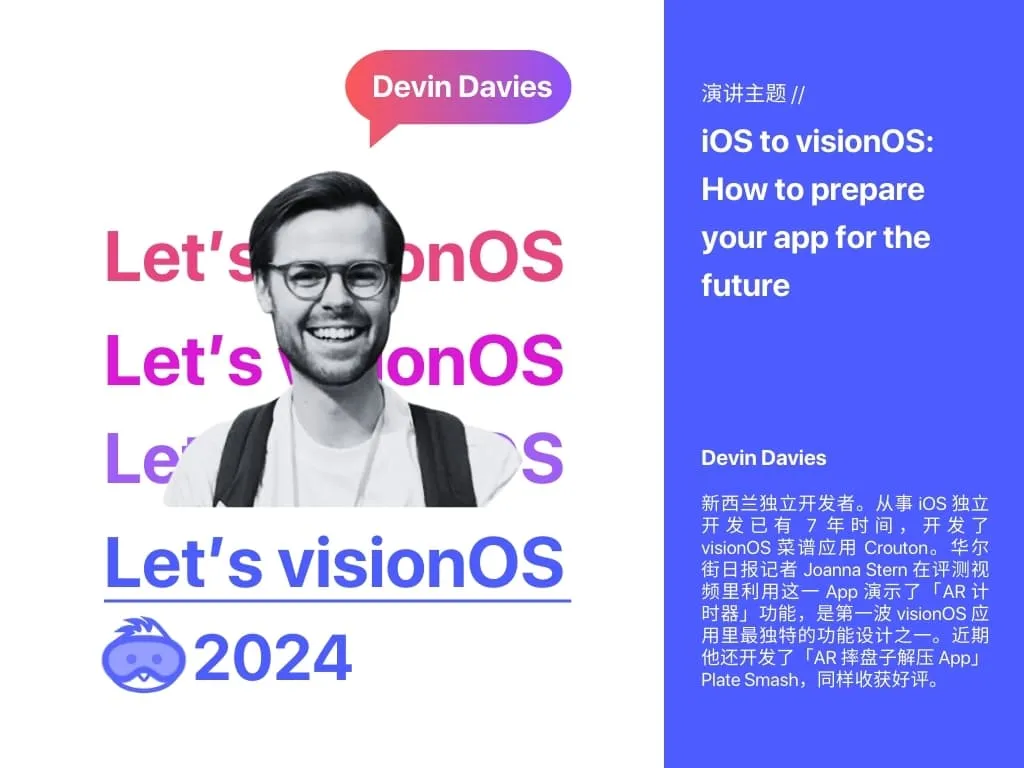
Above is Devin's visionOS App - Crouton
Above is Devin's visionOS App - Plate Smash
Hidde van der Ploeg, a product designer with over 10 years of development experience. His visionOS app, NowPlaying, enhanced the music playing and control experience on Apple Vision Pro, becoming one of the first apps to receive an App Store editor’s recommendation and be officially reported by Apple News.
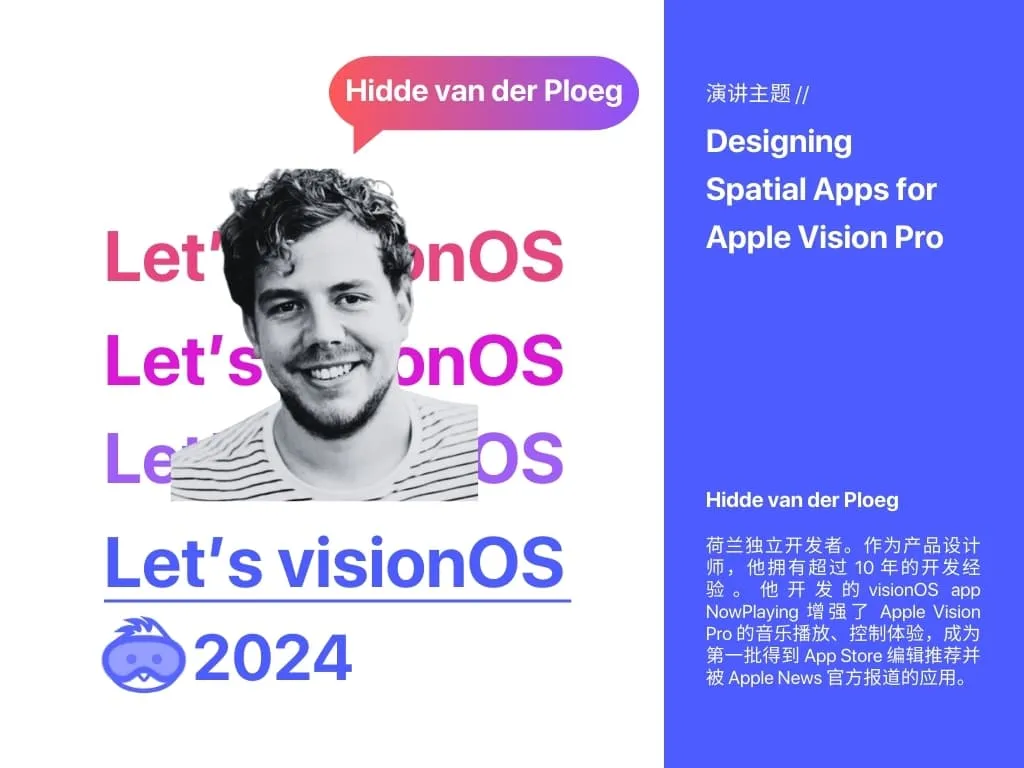
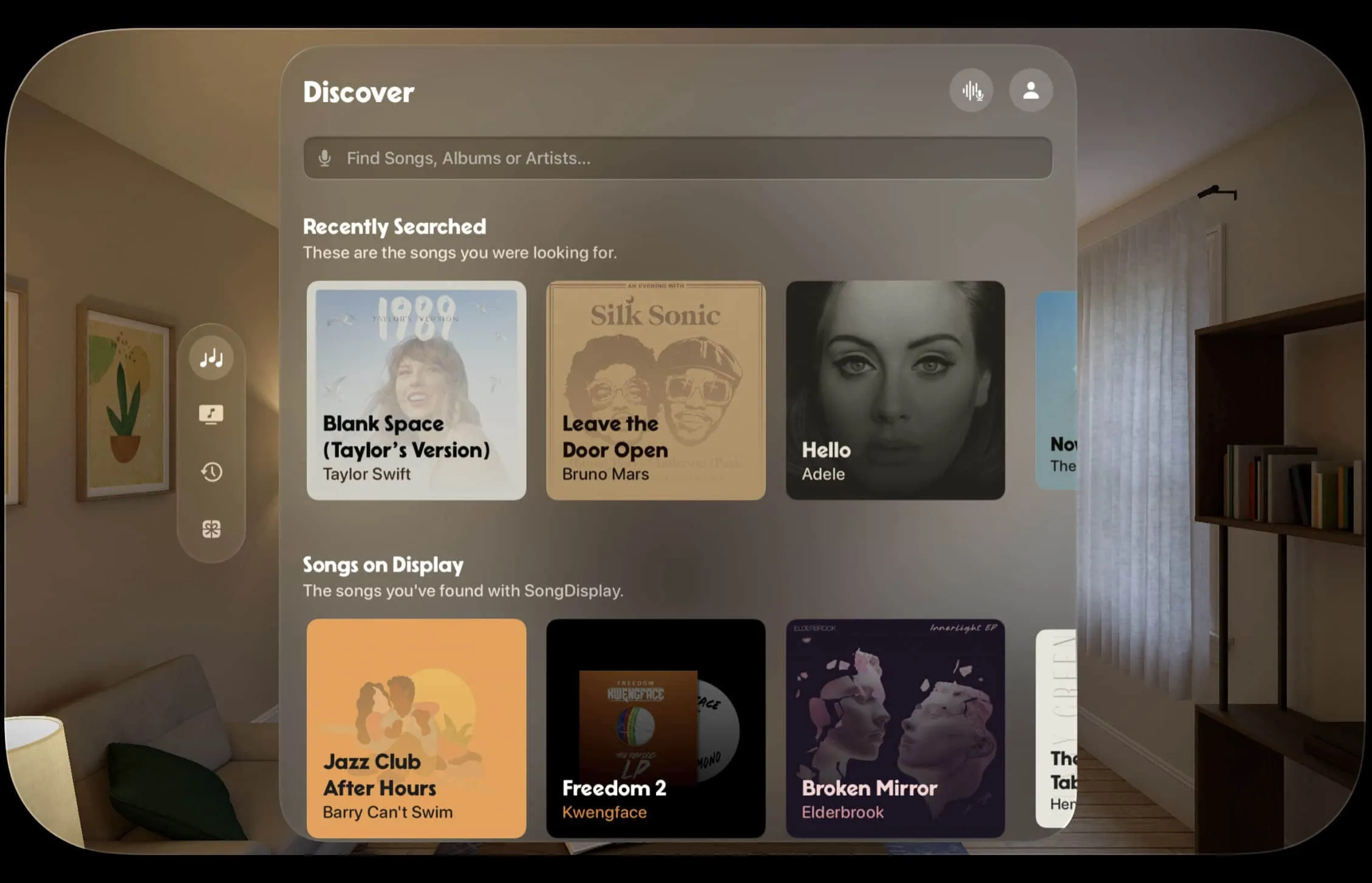
Above is Hidde's visionOS App - NowPlaying
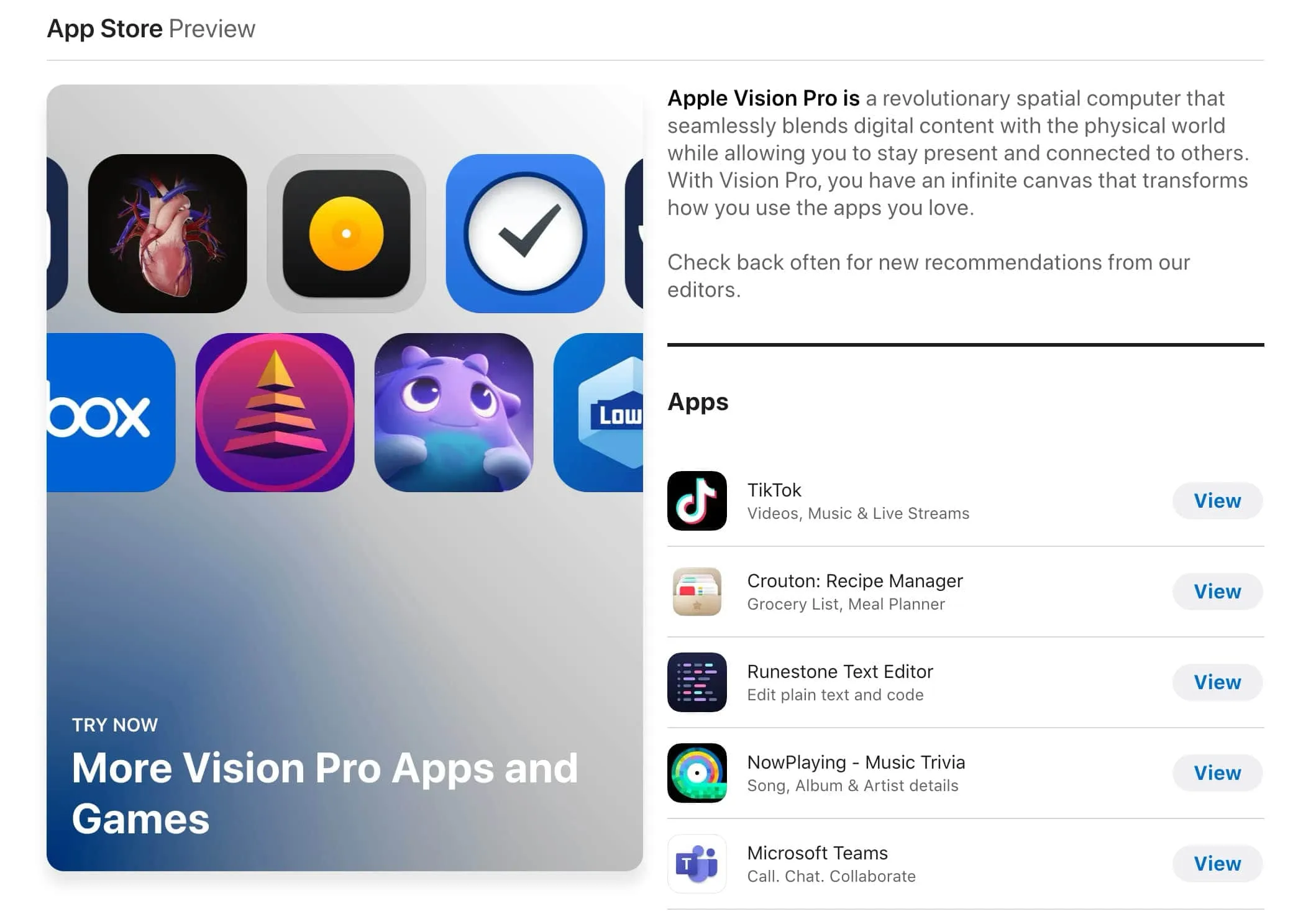
Above is Devin's NowPlaying which received an official launch recommendation from Apple
Adam Watters, a game developer. He is currently the world’s first developer to use the Godot game engine to develop a visionOS app and successfully launch it on the App Store. His team successfully bridged the entire Godot engine development chain, meaning developers now have a new development solution besides Unity and Apple’s native solutions.
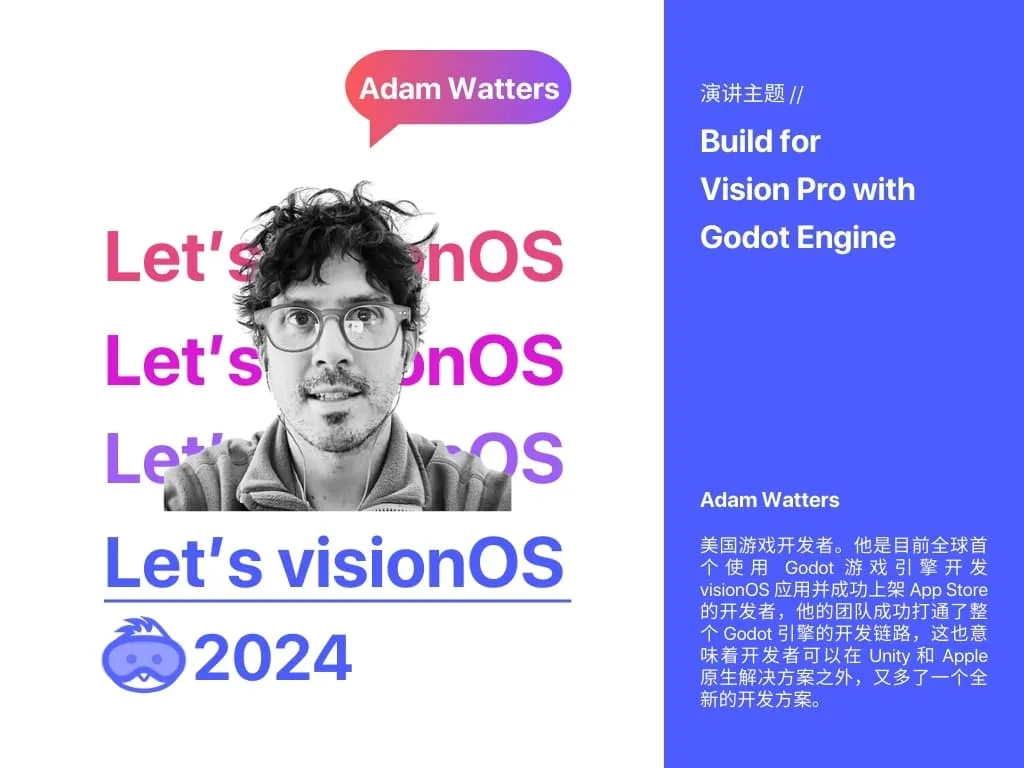
Above is Adam's visionOS App developed using the Godot Engine - Defend Cow Castle
……
At Let’s visionOS Creators Conference, you will see a more international lineup of guests. They come from the United States, Europe (Netherlands, Germany, etc.), Australia (Australia, New Zealand, etc.), Asia (Japan, South Korea, Singapore, etc.), Taiwan, Hong Kong, and other regions. Most are developers, product designers, and entrepreneurs at the forefront of visionOS development.
Over two days, they will share their firsthand understanding of visionOS development. Some of the speech topics include:
- UI/UX design in spatial computing scenarios;
- How to build and optimize 3D models on visionOS;
- Combining large AI models with spatial computing;
- Technical methods for developing spatial applications through SwiftUI;
- Using RealityKit and ARKit within applications;
- Product operation, growth, and commercialization experiences in the Apple development ecosystem;
- Combining accessibility design with Vision Pro.
Whether you aim to develop for the domestic market or venture overseas, this is a must-attend event, helping you empower yourself and broaden your horizons.
Scan the QR code below, or click this link, to buy limited early bird tickets now.

The arrival of the “spatial computing era” requires the creativity of each one of us.
Whether you are a developer, entrepreneur, designer, or product manager, we look forward to meeting you, sharing our understanding and experience of visionOS products, design, and development, exploring the practical possibilities of visionOS function definition, interaction design, and experience delivery.
Let’s visionOS, a global community partner gathering, a boundless exchange, a journey of inspiration in the spatial computing era.
Let’s create the future of the visionOS development ecosystem together!
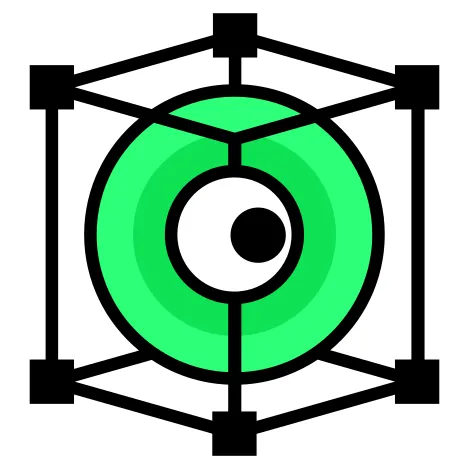 XReality.Zone
XReality.Zone 



